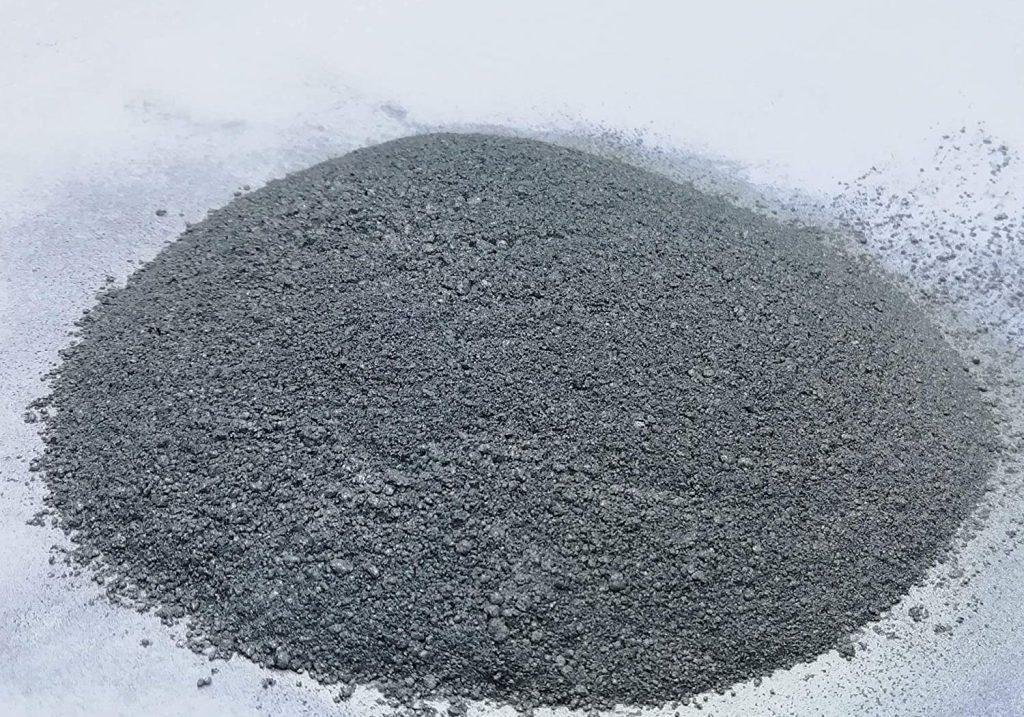What methods can help surface modification of ultrafine powders?

Ultrafine powder, also known as nanopowder, refers to a type of powder whose particle size is in the nanometer range (1~100nm). Ultrafine powder can usually be prepared by ball milling, mechanical crushing, spraying, explosion, chemical deposition and other methods.
Nanopowders have attracted people’s attention due to their special properties in terms of magnetism, catalysis, light absorption, thermal resistance and melting point due to their volume effect and surface effect. However, due to their small size and high surface energy, nanoparticles have a tendency to spontaneously agglomerate. The existence of agglomeration will affect the performance of nanopowder materials. In order to improve the dispersion and stability of the powder and make the application range of the material wider, it is necessary to modify the surface of the powder.
There are many methods of surface modification, which can generally be divided into: surface coating modification, surface chemical modification, mechanochemical modification, capsule modification, high-energy modification, and precipitation reaction modification.
Surface coating modification
Surface coating modification means that there is no chemical reaction between the surface modifier and the particle surface. The coating and the particles are connected by physical methods or van der Waals forces. This method is suitable for the surface modification of almost all types of inorganic particles. This method mainly uses inorganic compounds or organic compounds to coat the surface of the particles to weaken the agglomeration of the particles. Moreover, the steric repulsion generated by the coating makes it very difficult for the particles to reunite. Modifiers used for coating modification include surfactants, hyperdispersants, inorganic substances, etc.
Applicable powders: kaolin, graphite, mica, hydrotalcite, vermiculite, rectorite, metal oxides and layered silicates, etc.
Surface chemical modification
Surface chemical modification uses the adsorption or chemical reaction of functional groups in organic molecules on the surface of inorganic powder to modify the particle surface. In addition to surface functional group modification, this method also includes surface modification using free radical reaction, chelation reaction, sol adsorption, etc.
Applicable powders: quartz sand, silica powder, calcium carbonate, kaolin, talc, bentonite, barite, wollastonite, mica, diatomaceous earth, brucite, barium sulfate, dolomite, titanium dioxide, aluminum hydroxide, Various powders such as magnesium hydroxide and aluminum oxide.
Mechanochemical modification
Mechanochemical modification refers to the change of mineral lattice structure, crystal form, etc. through mechanical methods such as crushing, grinding, and friction. The energy in the system increases and the temperature rises, which promotes particle dissolution, thermal decomposition, and free generation. A modification method that uses radicals or ions to enhance the surface activity of minerals and promote the reaction or attachment of minerals and other substances to achieve the purpose of surface modification.
Applicable powders: kaolin, talc, mica, wollastonite, titanium dioxide and other types of powders.
Capsule modification
Capsule modification is a surface modification method that covers the surface of powder particles with a uniform and certain thickness film.
High energy modification method
High-energy modification method is a method that uses plasma or radiation treatment to initiate polymerization reaction to achieve modification.
Precipitation reaction modification
The precipitation reaction method is to add a precipitant to a solution containing powder particles, or add a substance that can trigger the generation of the precipitant in the reaction system, so that the modified ions undergo a precipitation reaction and precipitate on the surface of the particles, thereby coating the particles. Precipitation methods can be mainly divided into direct precipitation methods, uniform precipitation methods, non-uniform nucleation methods, co-precipitation methods, hydrolysis methods, etc.
Applicable powders: titanium dioxide, pearlescent mica, alumina and other inorganic pigments.
